
In a new series called Off the Radar, LightBox asks celebrated photographers to write about image makers whose work they admire yet may be unknown to a wider audience. Here, Mark Steinmetz celebrates a group of women who documented life in the Northeastern United States in the 1980s.
I would like to call attention to some remarkable photography made in the late 1970s and early 1980s by nine women in Massachusetts. Though not all of these women were aware of each other’s work at the time, they shared a love for the camera’s ability to describe the material complexity of the world and for the open grey tones of the black and white print. For the most part, they all championed the fluid use of a 4 x 5 view camera (even though this required a tripod) and they mixed flash in with daylight exposures so no deep shadows, no strong chiaroscuro, appeared in their prints. There are no large gestures or dramas here nor easy sentiment.
These artists tended to photograph their homes and their families as well as other private, largely middle-class spaces. Their interest in detailed realism and in the everyday reminds me of the ambitions of 17th-century Dutch masters; but theirs is an updated, unmistakably American realism, set in silver.
Many of these women have a connection to the Massachusetts College of Art, where Nicholas Nixon taught, and also to the Yale School of Art, where Tod Papageorge and Richard Benson were on the faculty, and all of them have gone on to teach photography themselves. Some of the women have received Guggenheim grants and National Endowment for the Arts grants, and several were included in Peter Galassi’s “Pleasures and Terrors of Domestic Comfort” show at MoMA (1991) and in Aperture’s “Mothers and Daughters” exhibition (1987). Despite this recognition, they have not been widely included in the commercial gallery scene, and my guess is that young photographers today are probably not familiar with their names.
The work of Joan Albert, who died two years ago, certainly deserves to be brought to a wider audience, and I hope some young curator or critic will take up the cause. Her primary subject was her children at home in Cambridge, a project she began after she lost one son in an accident. Mary Frey, like many women in this group, cites Nicholas Nixon as an influence, but she also mentions Emmet Gowin, who is known for his poetic, romantic pictures of his wife and her family. The photos in her series, “Domestic Rituals” (1979-1983), seem quite naturalistic, but are in part staged by the photographer, and she avoids the temptation to romanticize.
Sage Sohier worked with a 6 x 9 cm camera (perhaps at the prompting of Tod Papageorge, who taught at Harvard before Yale), which can be hand-held and results in a trimmer rectangle than the 4 x 5. She went to different neighborhoods around Boston, primarily photographing groups of people, and made road trips throughout America. Like others in this group, she photographed domestic situations in interiors. Sohier cites Weegee as an influence for his use of flash in daylight, and also Chauncey Hare.
Judith Black includes herself in her photographs of her four children and her partner. She uses 4 x 5 Polaroid materials and studied photography at MIT. Monika Andersson, Mary Tortorici, Cathy Griffin, and Lynn Whitney attended both MassArt and Yale.
Andersson hails from Sweden and photographed her relatives there, as well as subjects in New England. Tortorici and Griffin now both teach in Appalachia, and like many of the photographers here, eventually switched to color. Tortorici’s photograph of shivering girls wrapped in towels is at the same time a subtle narrative and a keen description of a physical setting. Griffin’s photo of a cow, from a series on farm animals, is a phenomenological marvel. For her part, Lynn Whitney concentrated on members of groups, such as nuns and soldiers, whom are set apart from mainstream society. Sheron Rupp was the first among these women to adopt color photography, and yet she shares their common aesthetic.
More work from these remarkable photographers can be seen by clicking the following links: Sheron Rupp, Lynn Whitney, Judith Black, Mary Tortorici, Monika Andersson, Cathy Griffin, Sage Sohier and Joan Albert.
Mark Steinmetz is a Guggenheim fellow and his work is in the collections of The Museum of Modern Art, The Metropolitan Museum of Art, and The Whitney Museum of American Art, among others. His publications include South Central 2007, South East 2008, Greater Atlanta 2009 and Paris in my time 2013. His newest book on little league baseball, The Players, will be published in late 2014 by Nazraeli Press. See more of his work here and here.

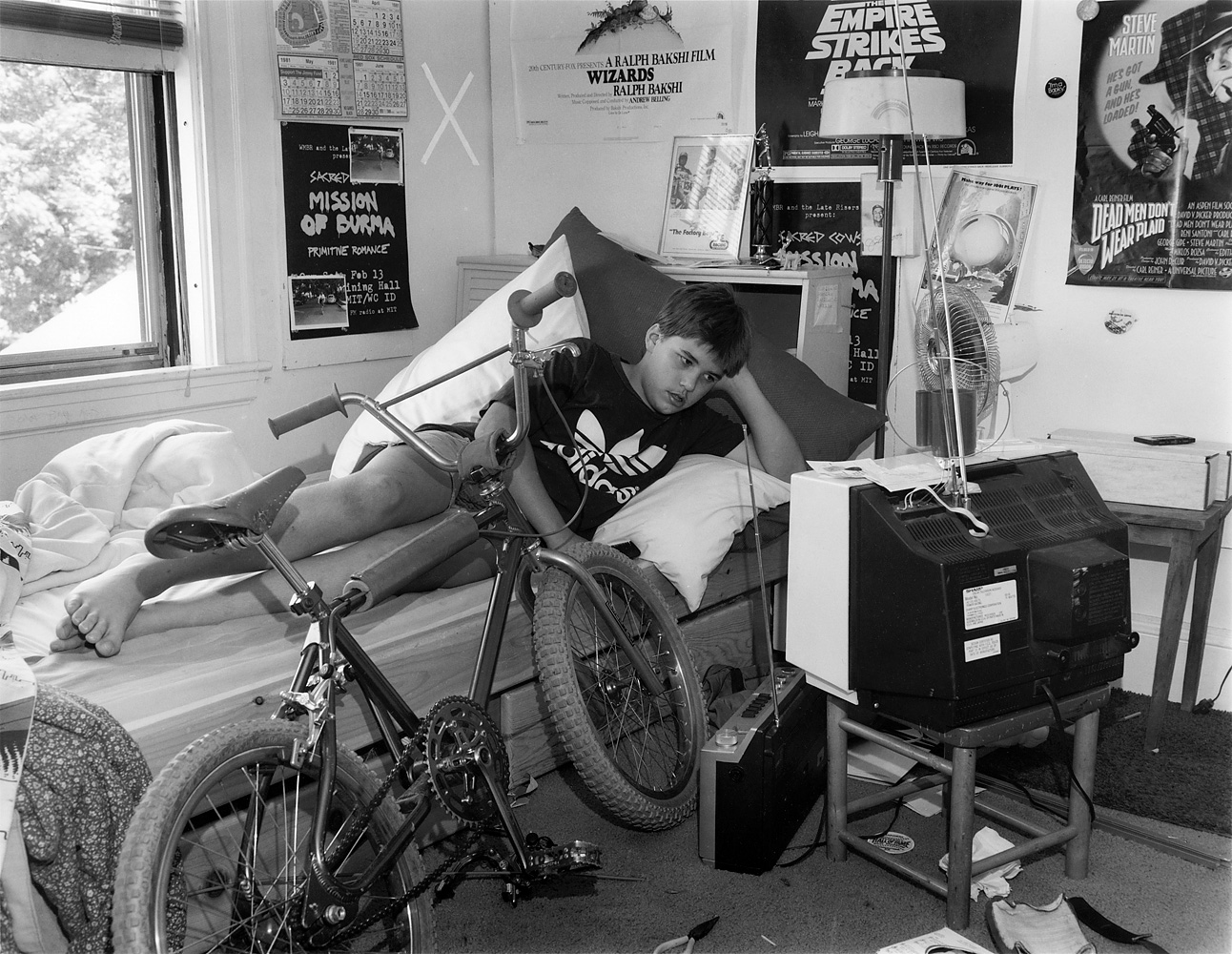
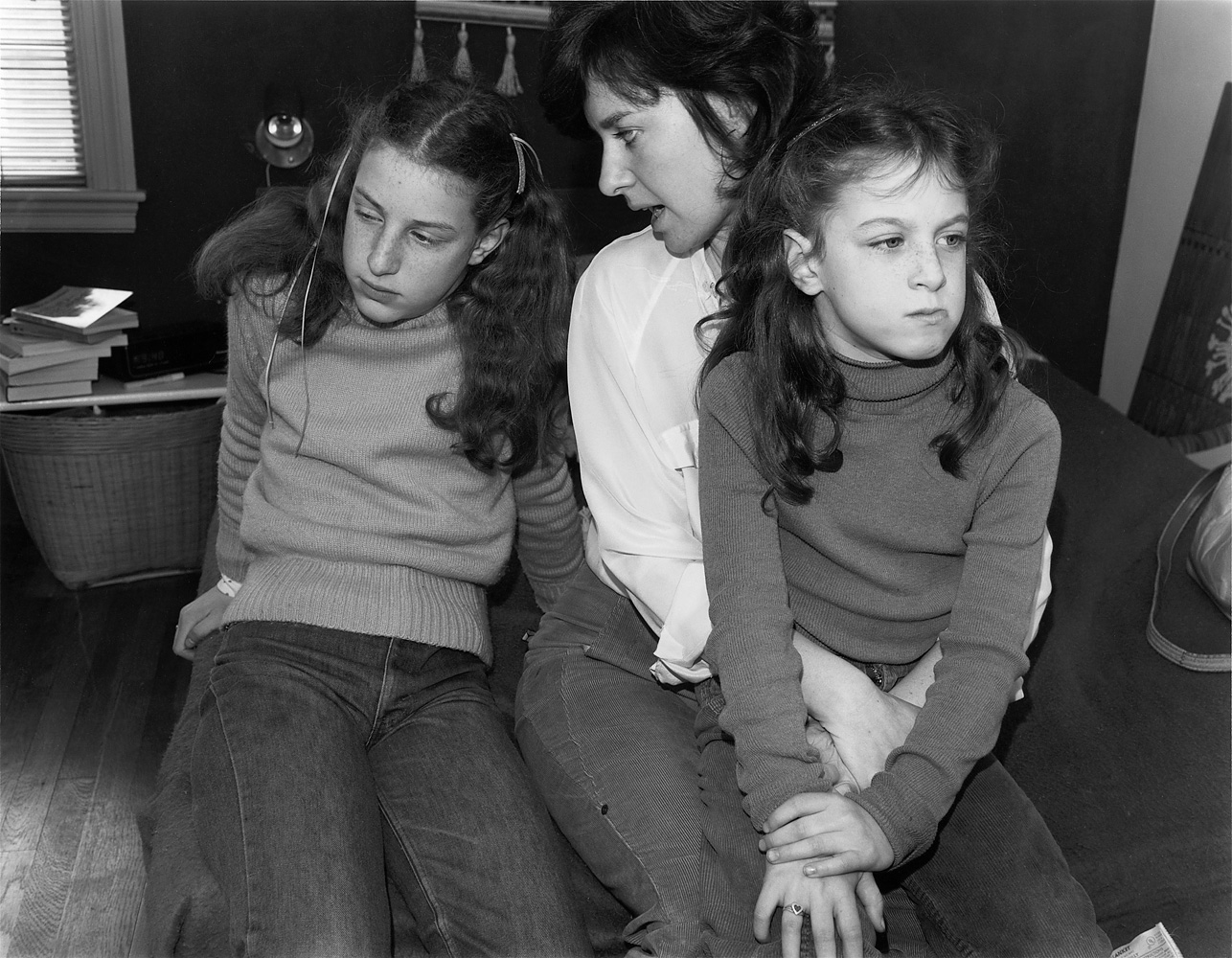
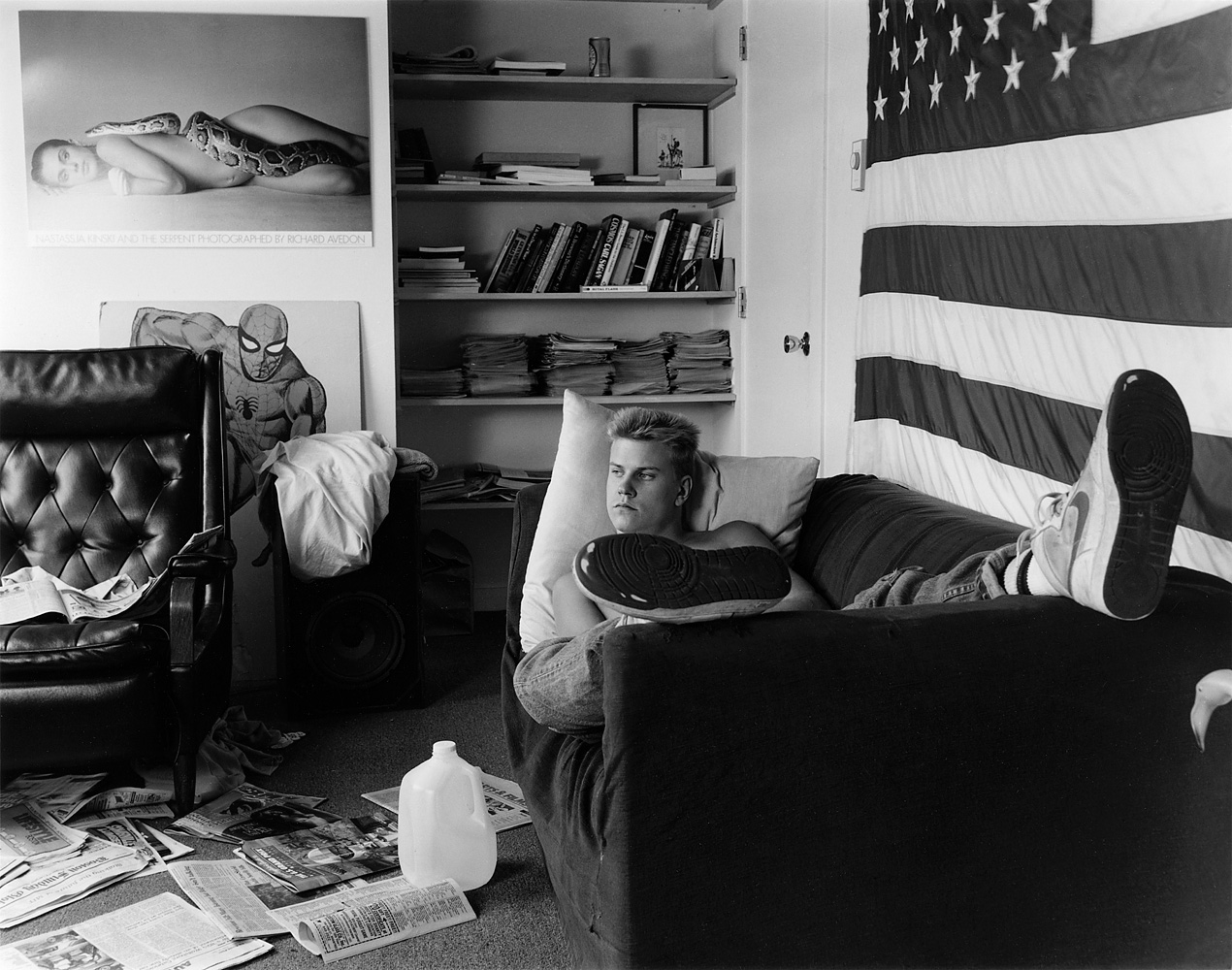
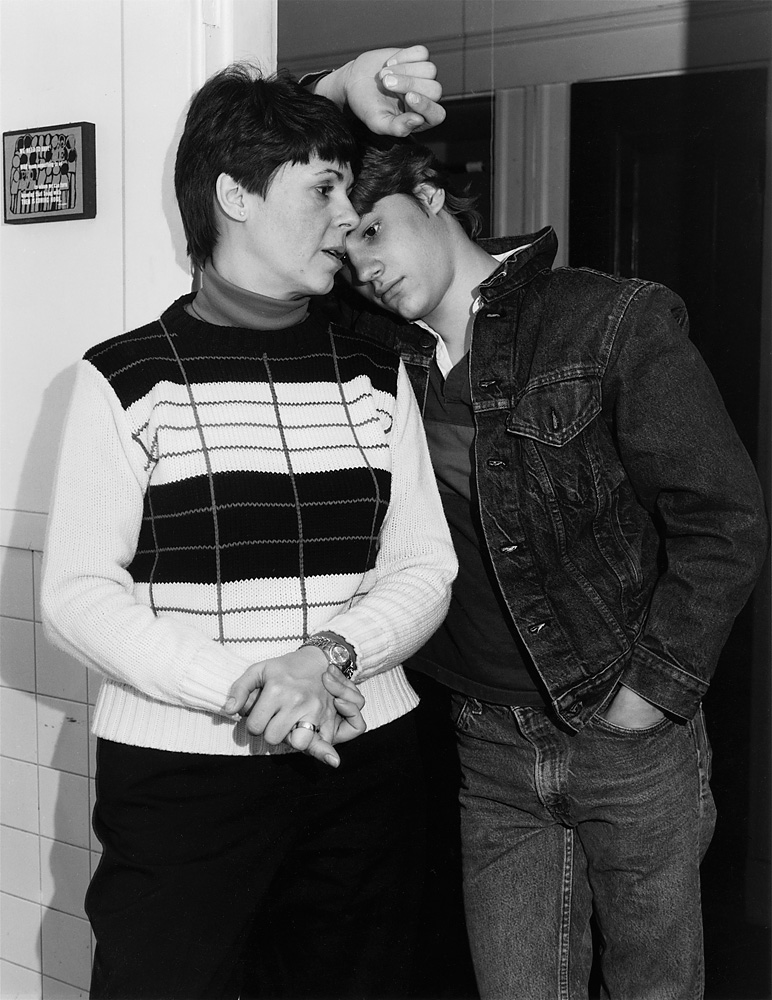
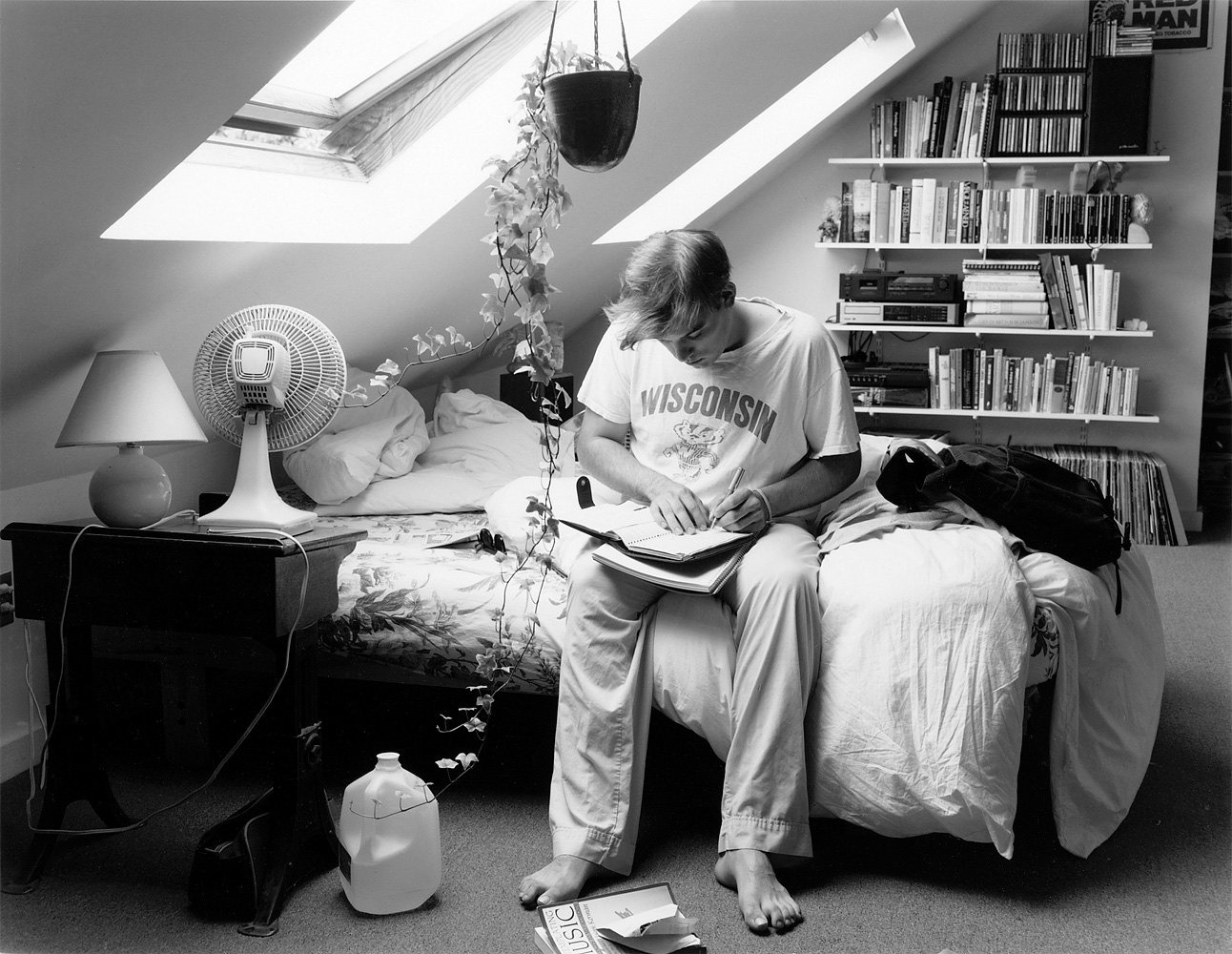
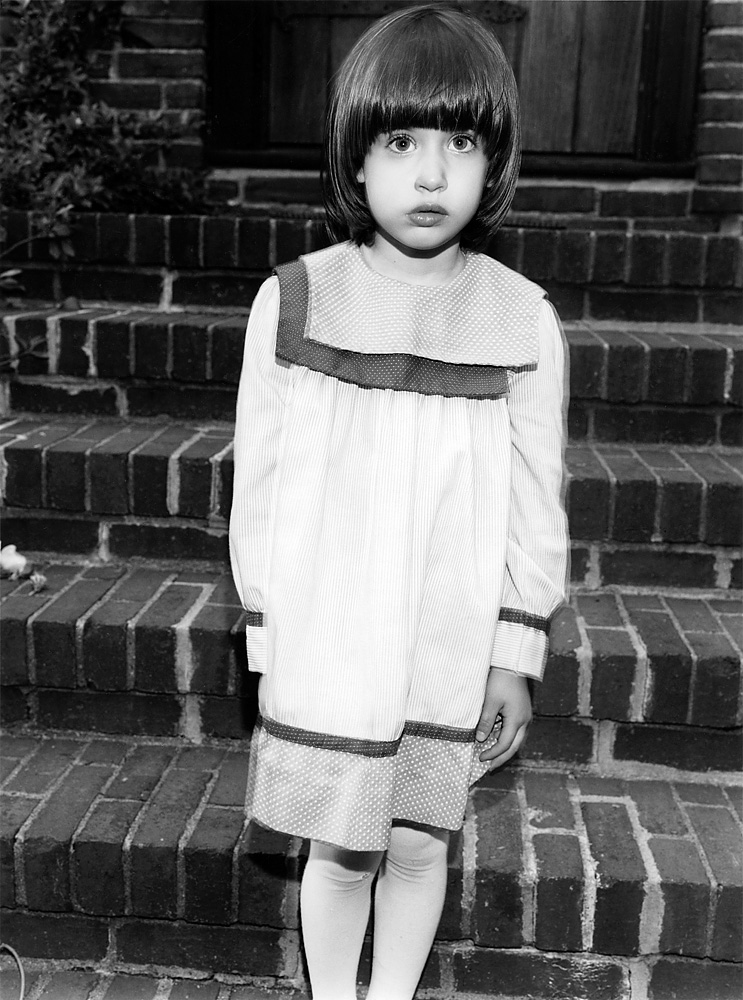
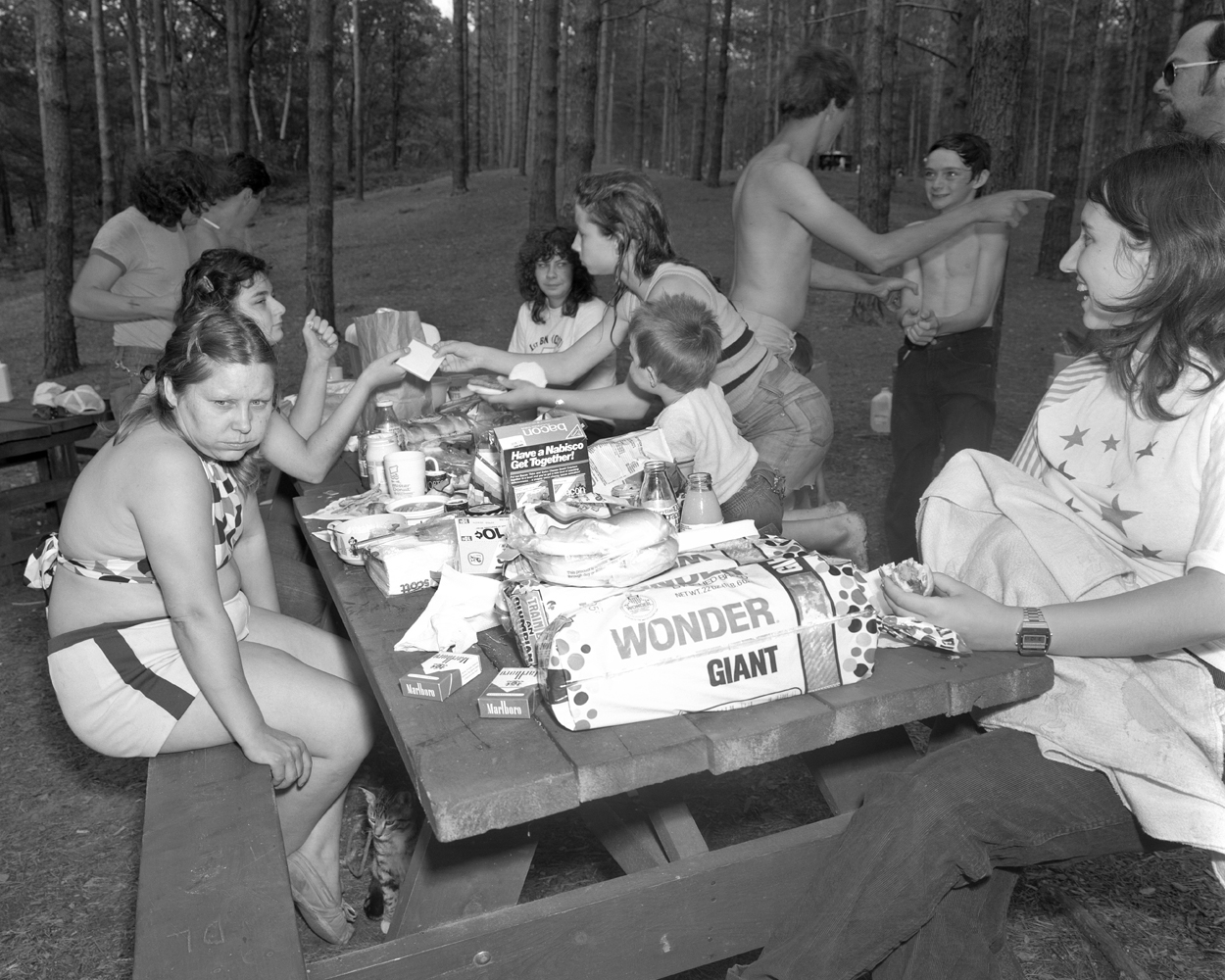



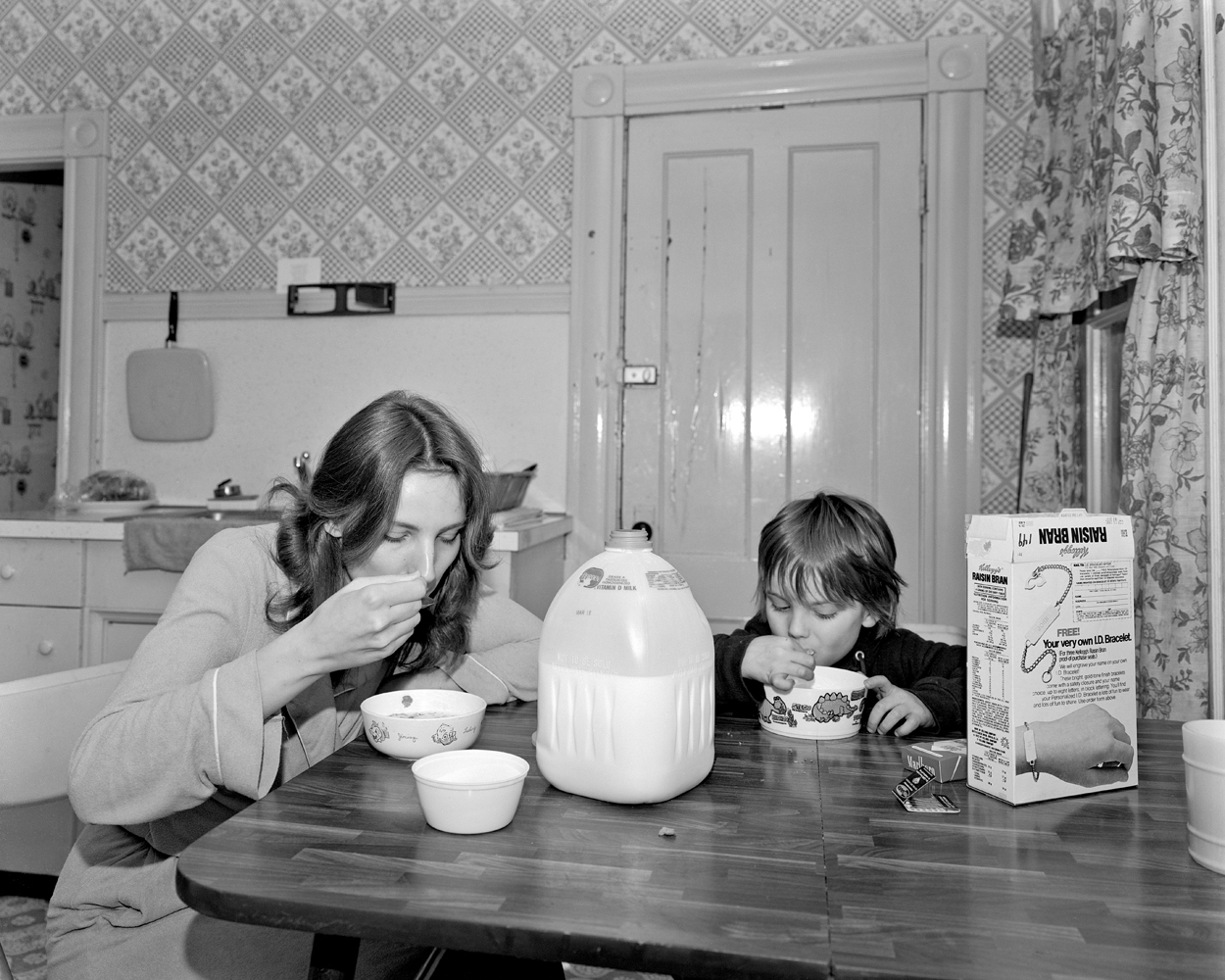
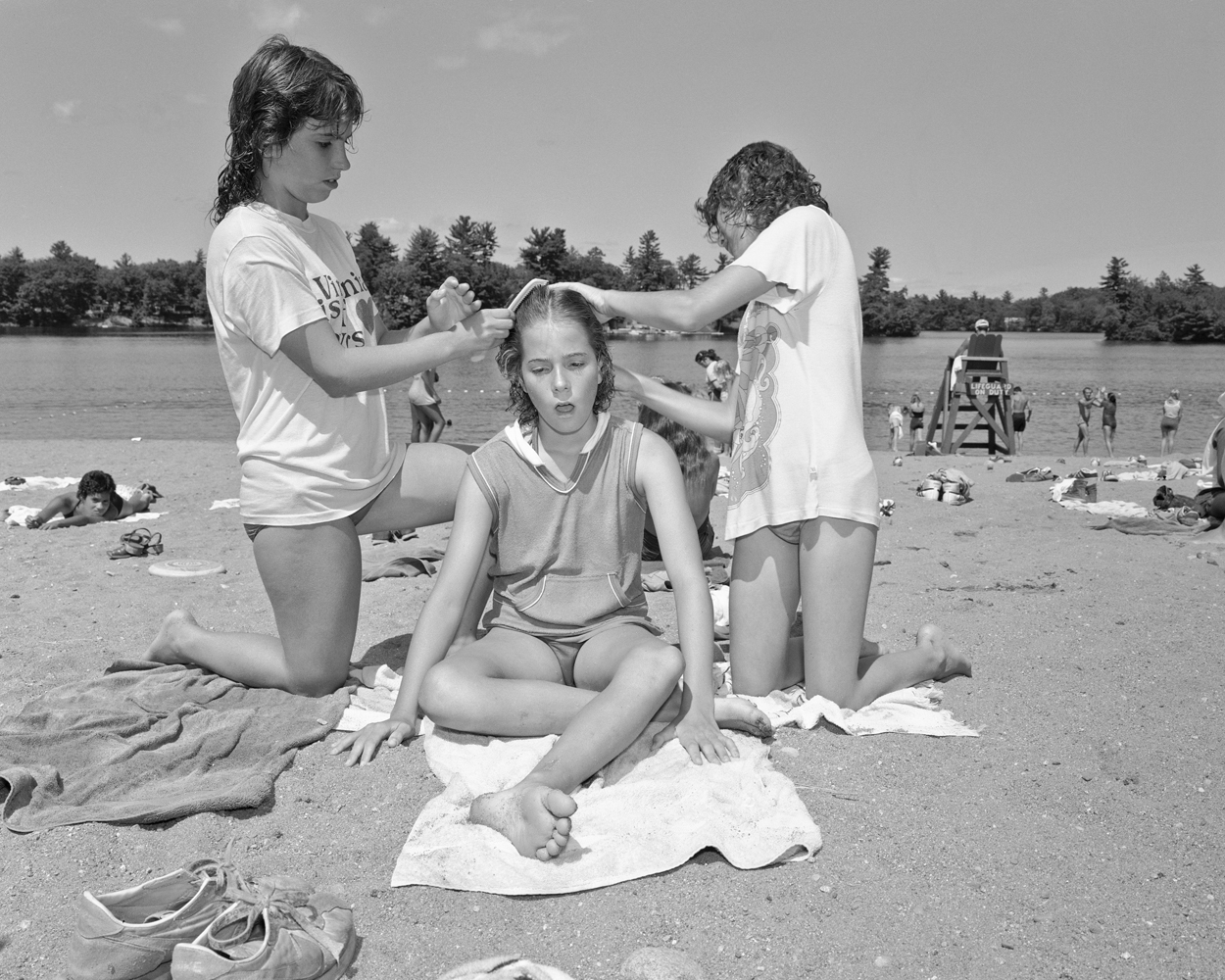
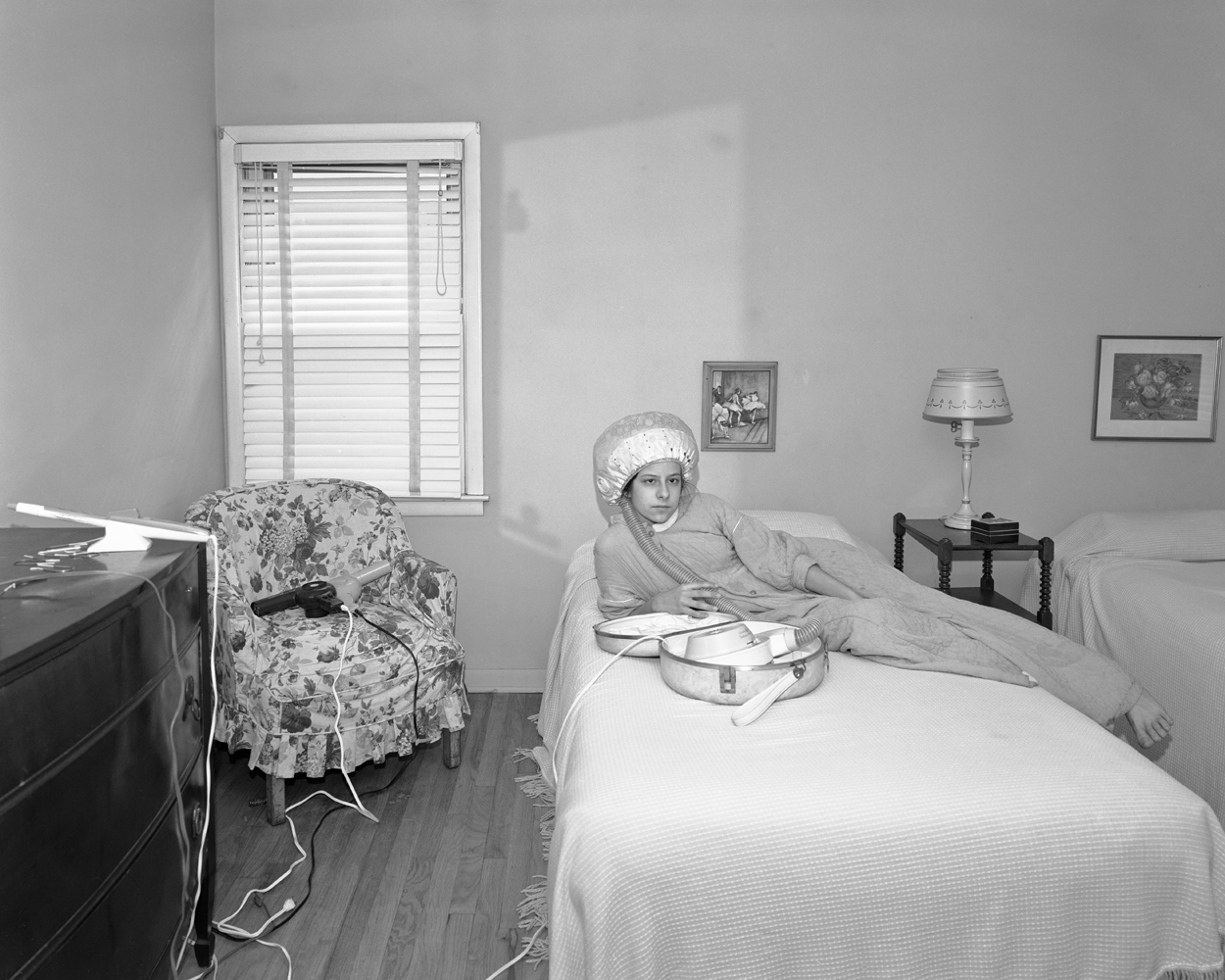

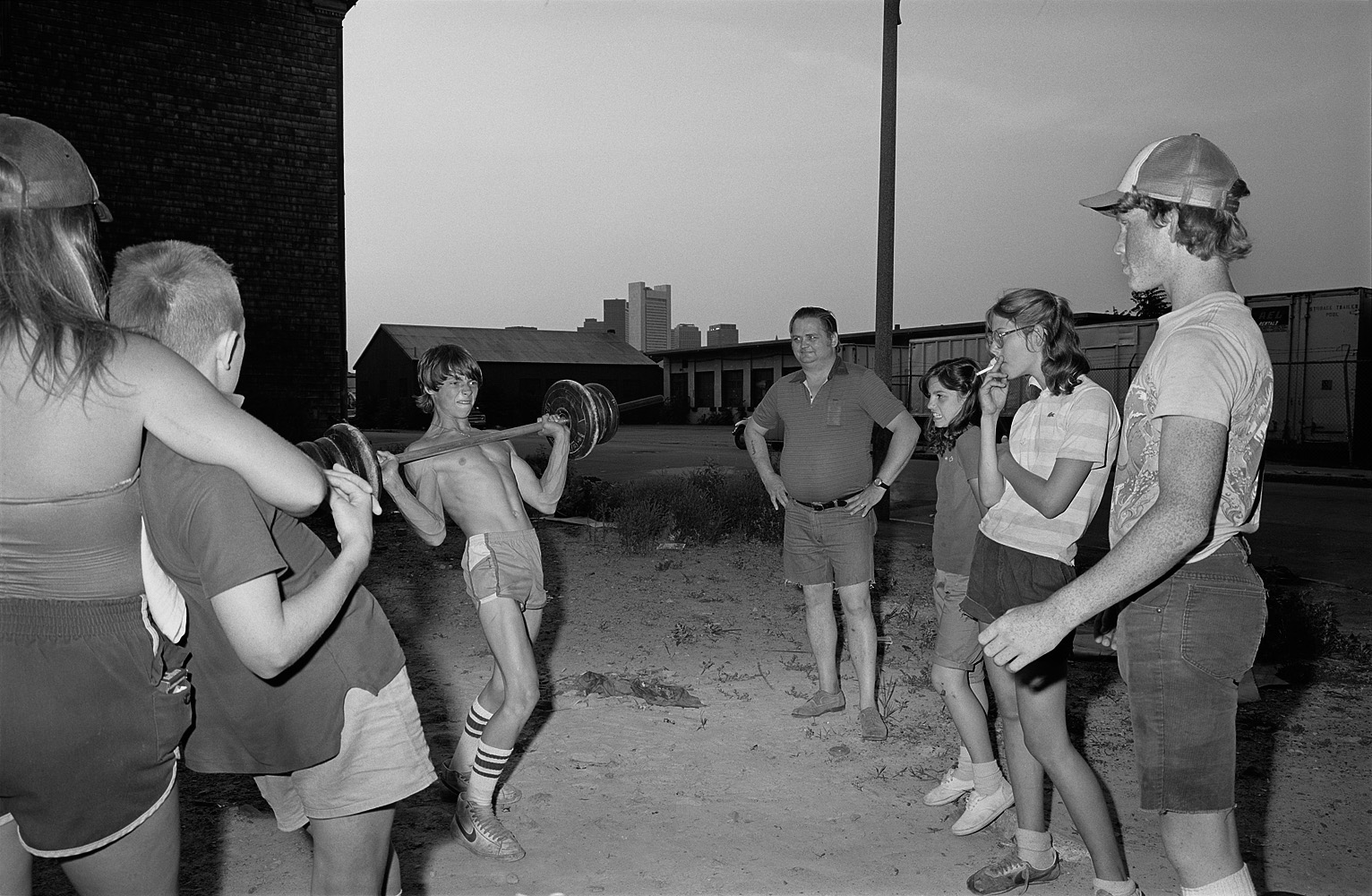




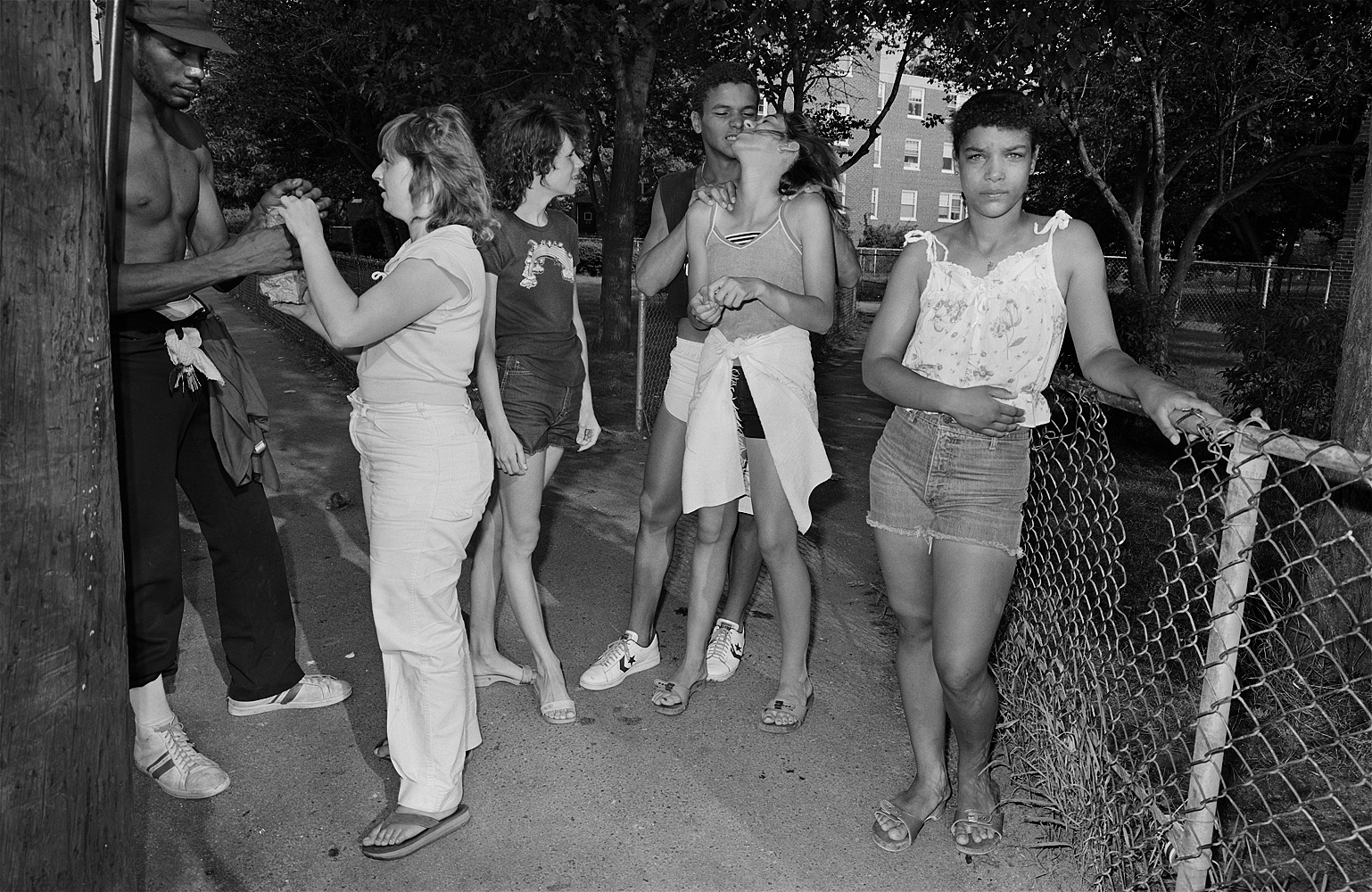

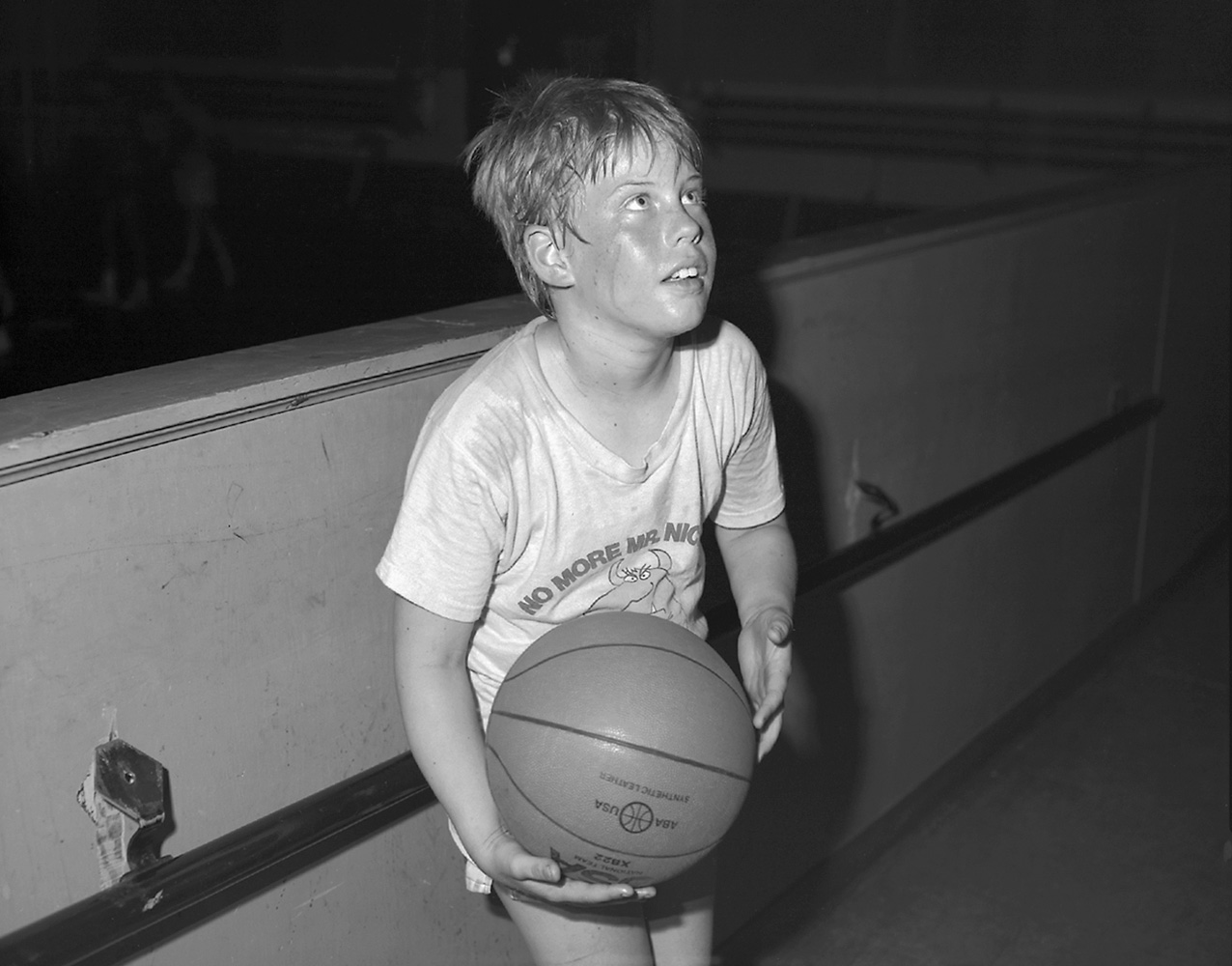
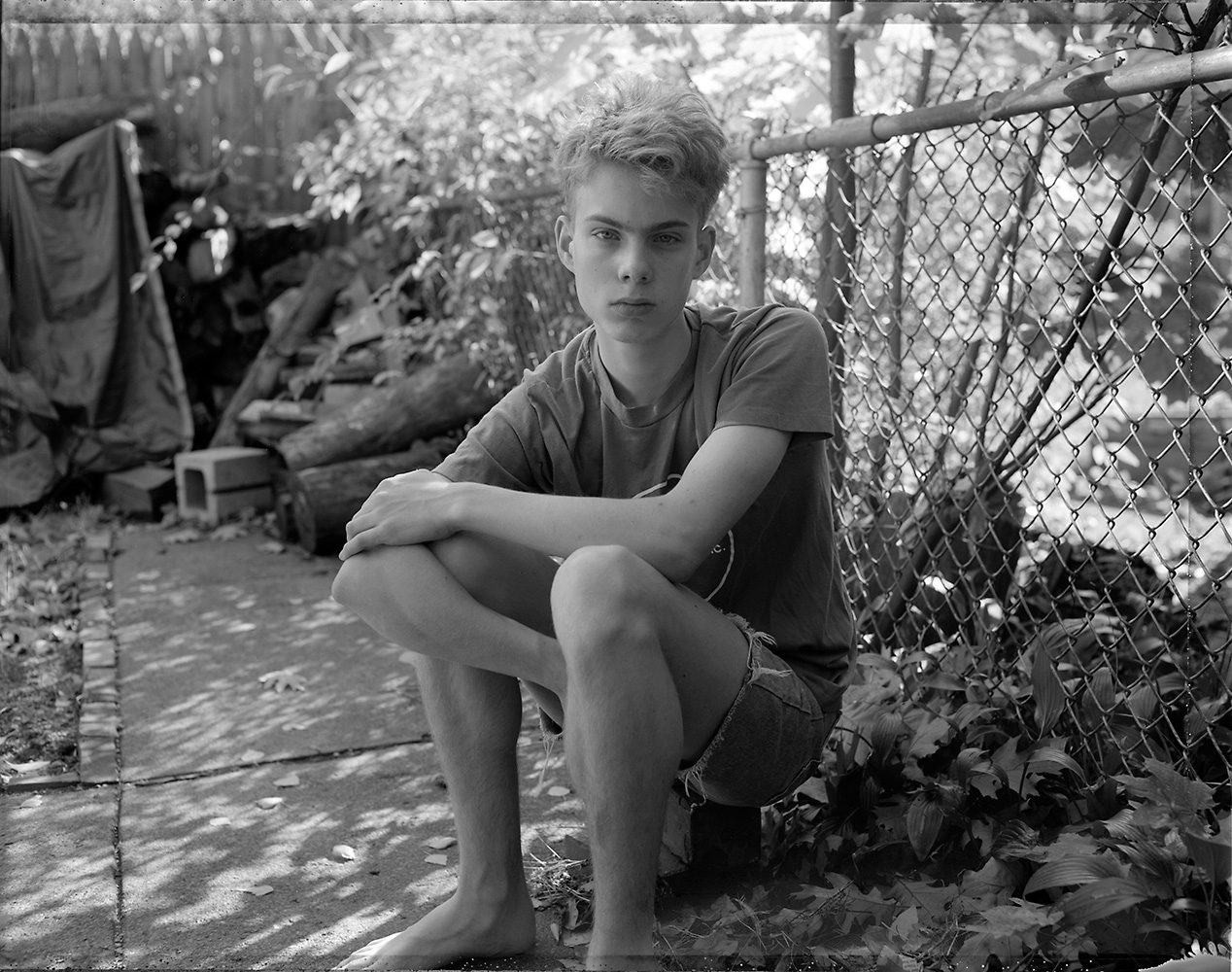
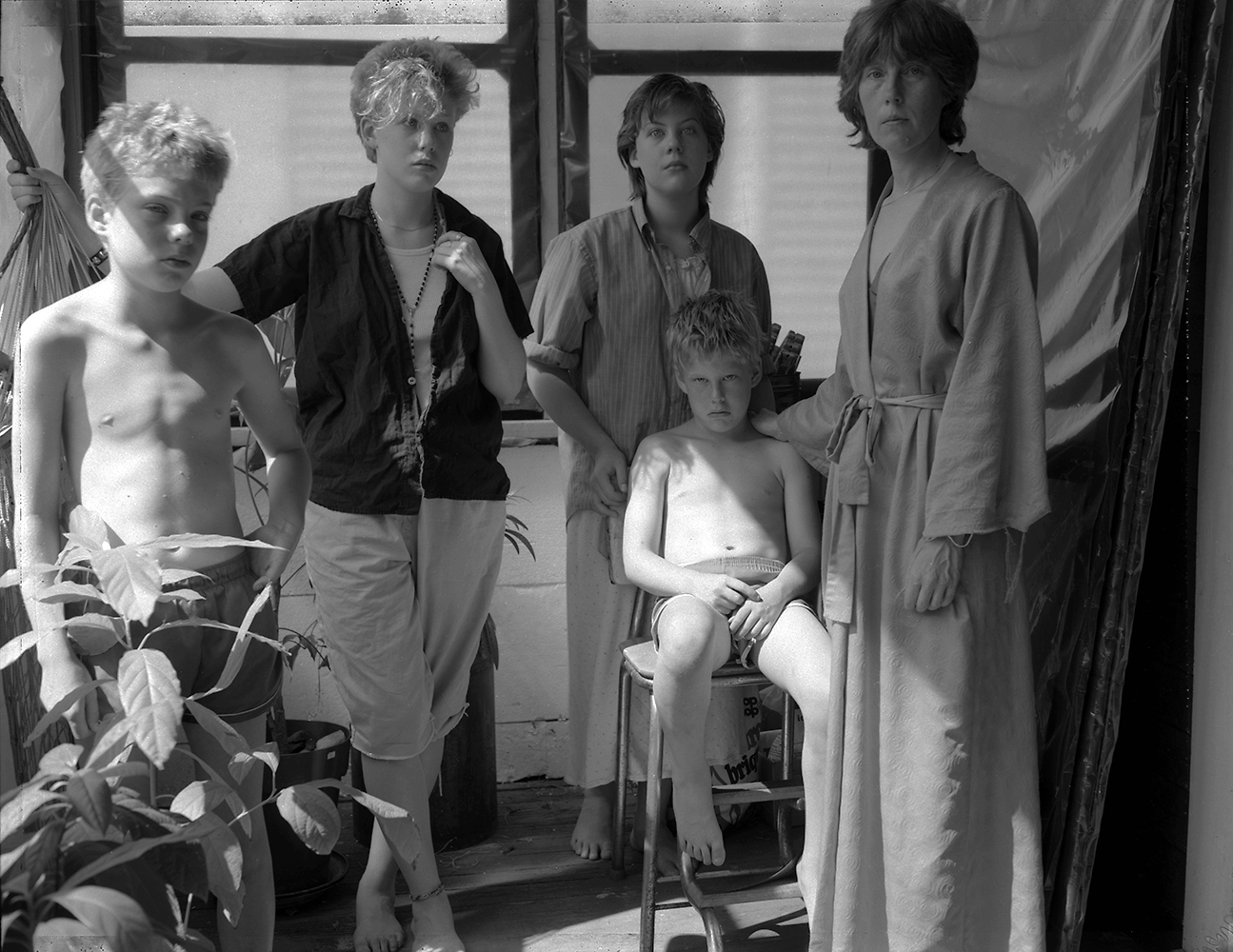
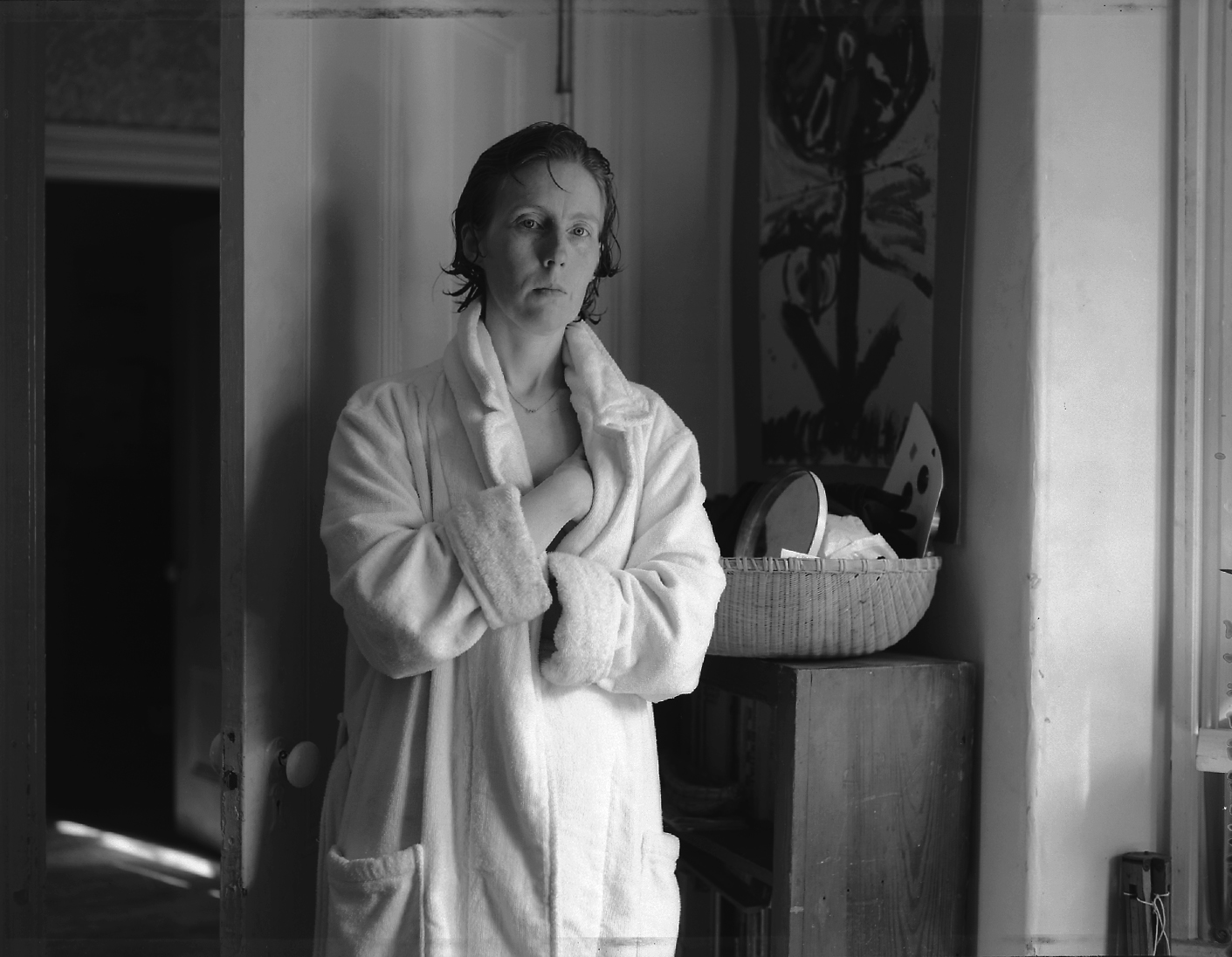
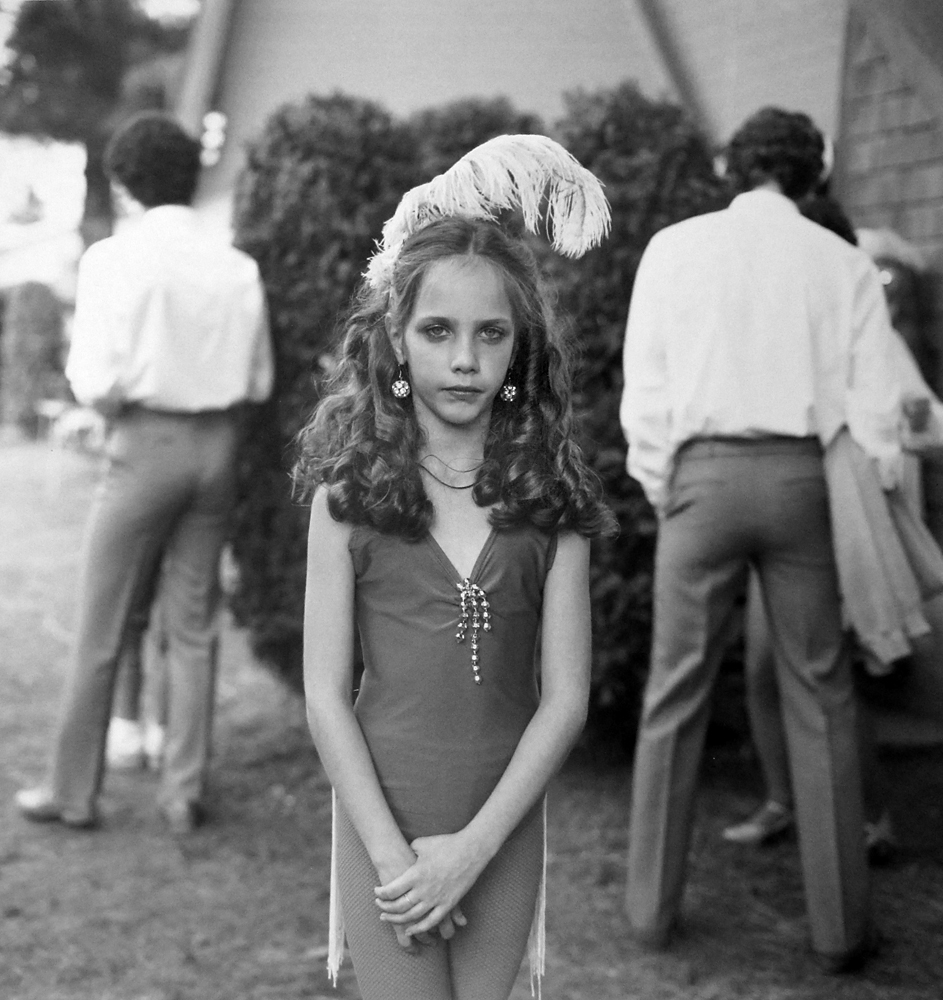
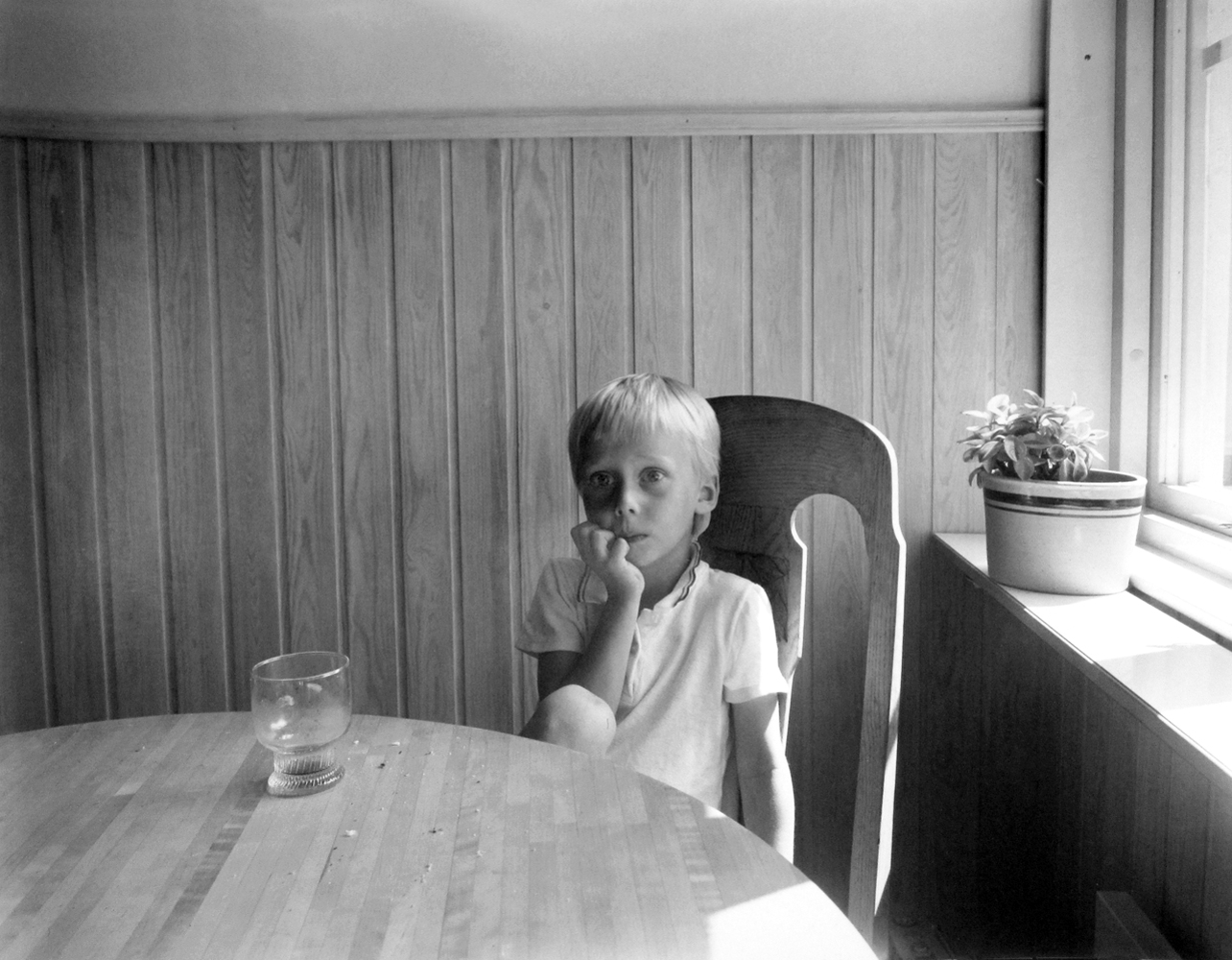
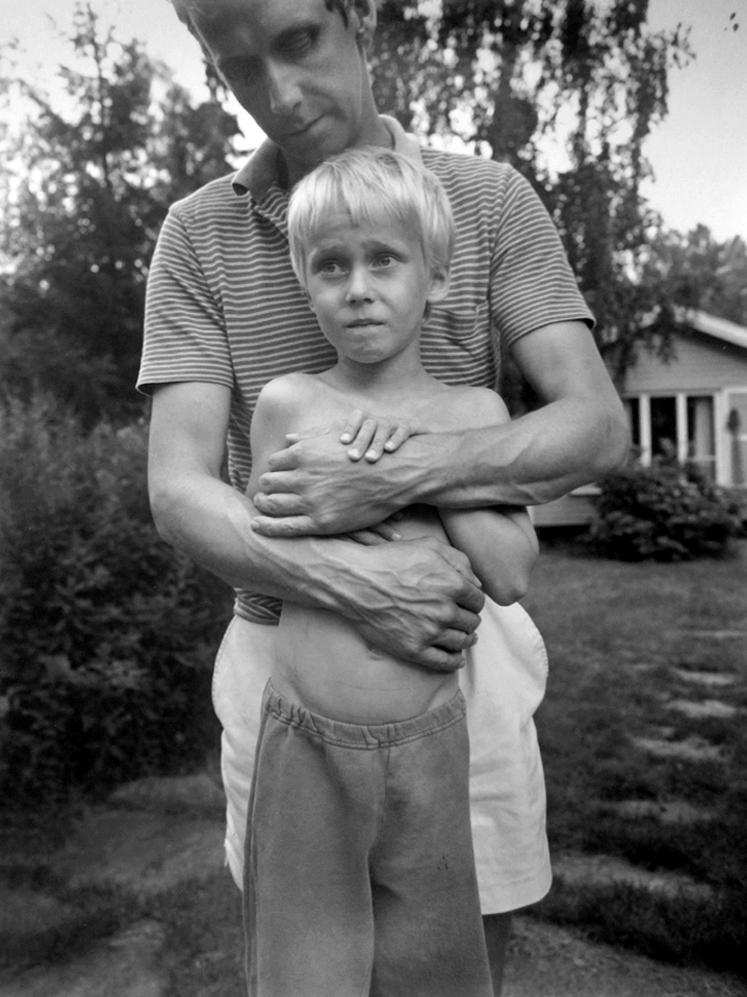
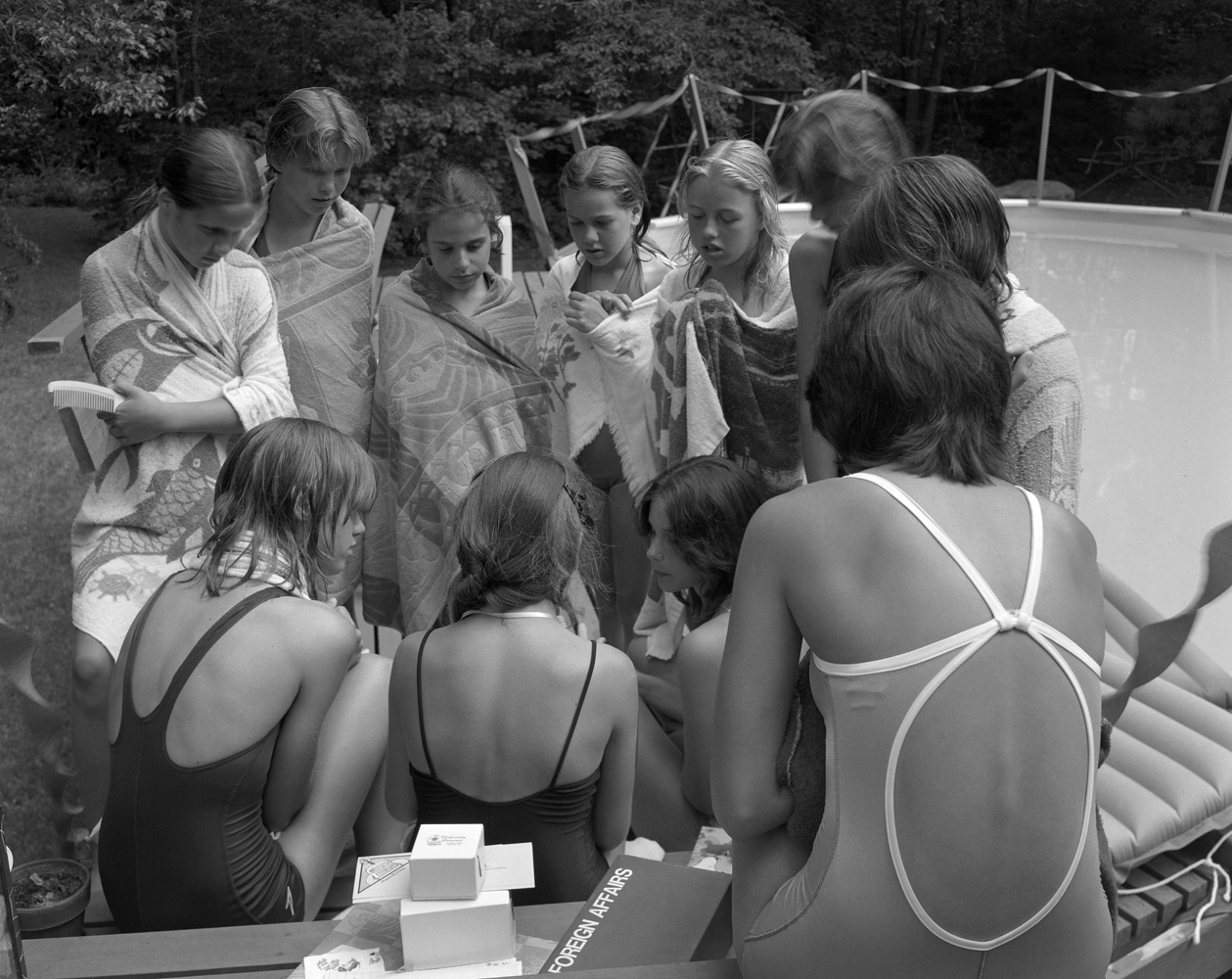
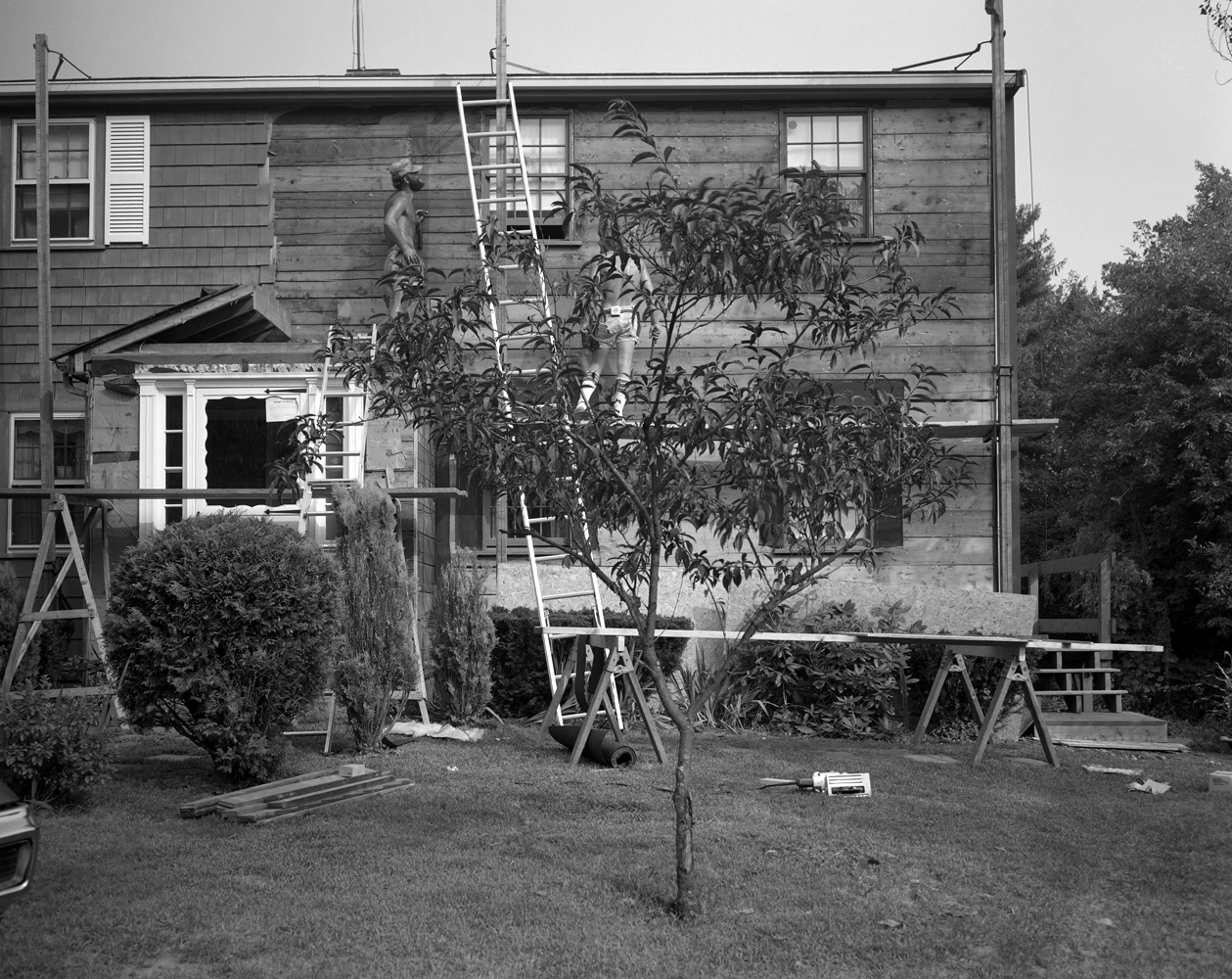
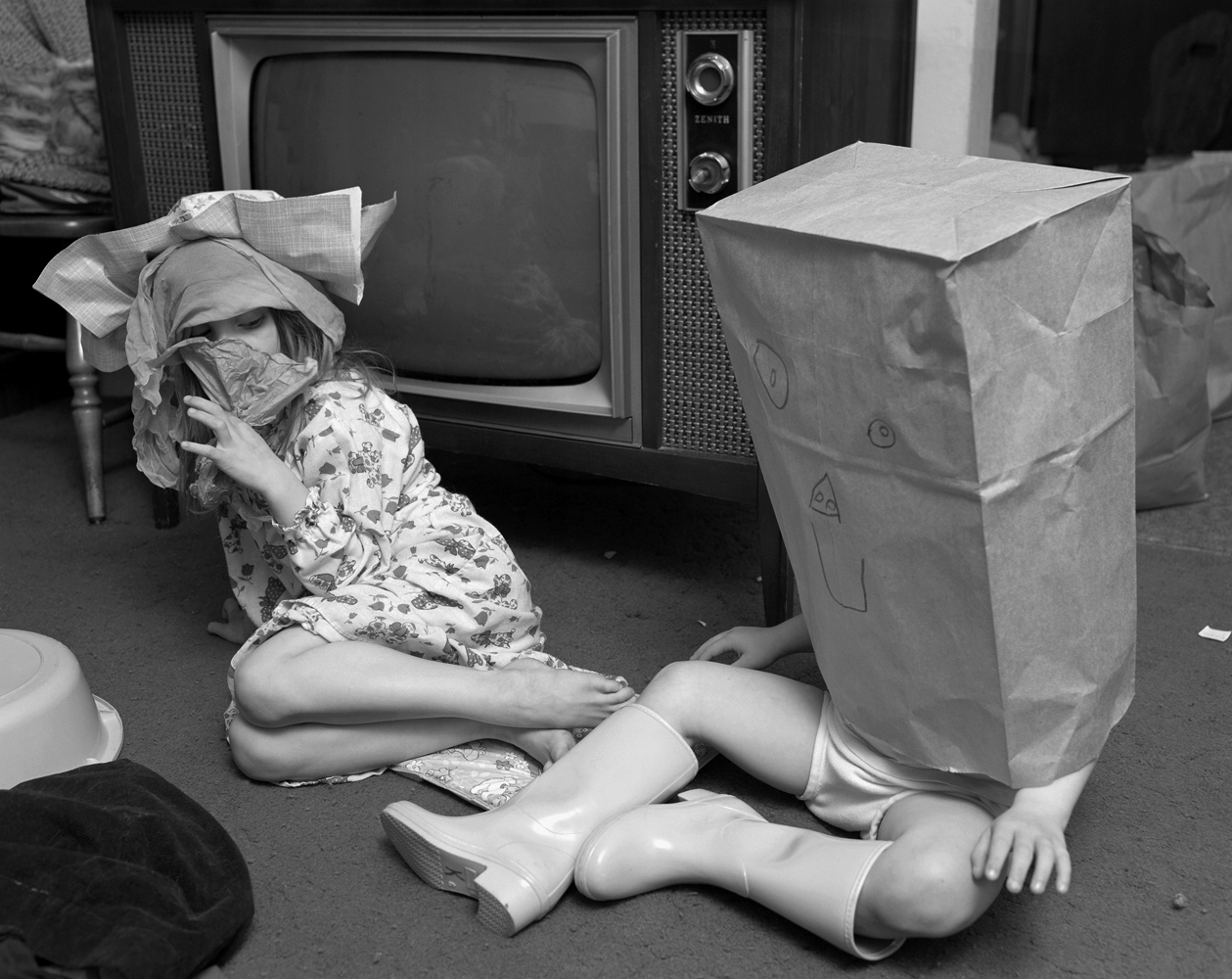




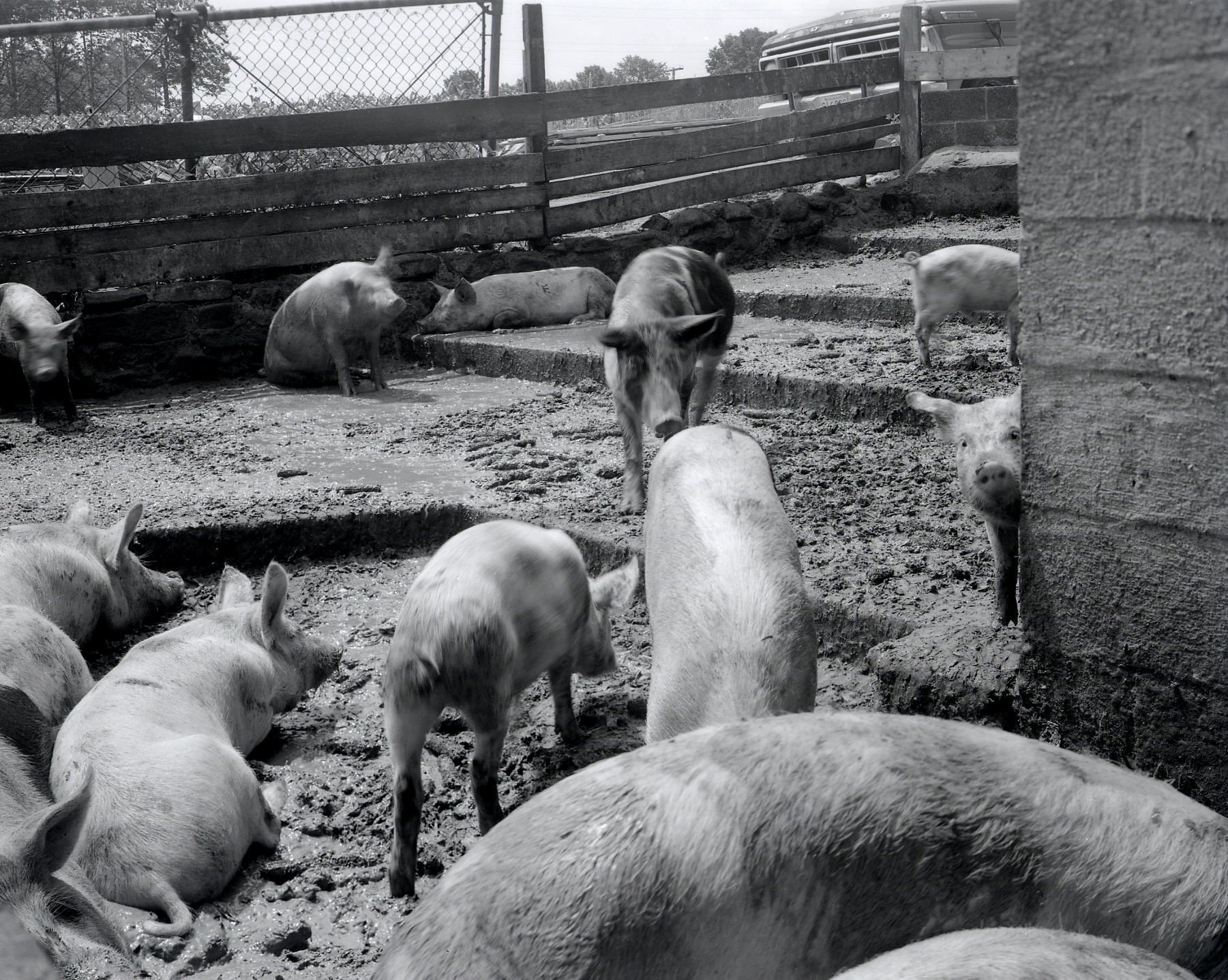

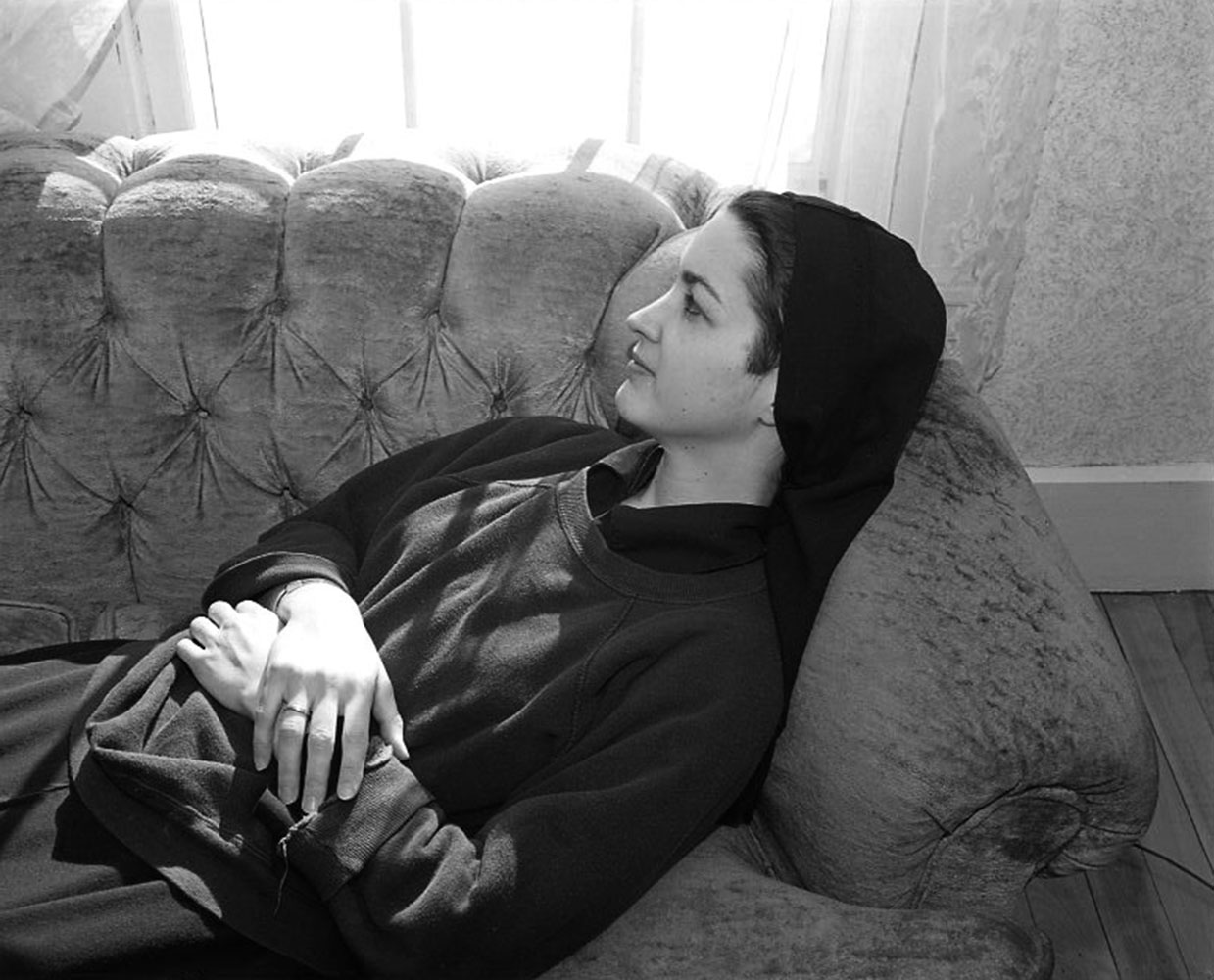

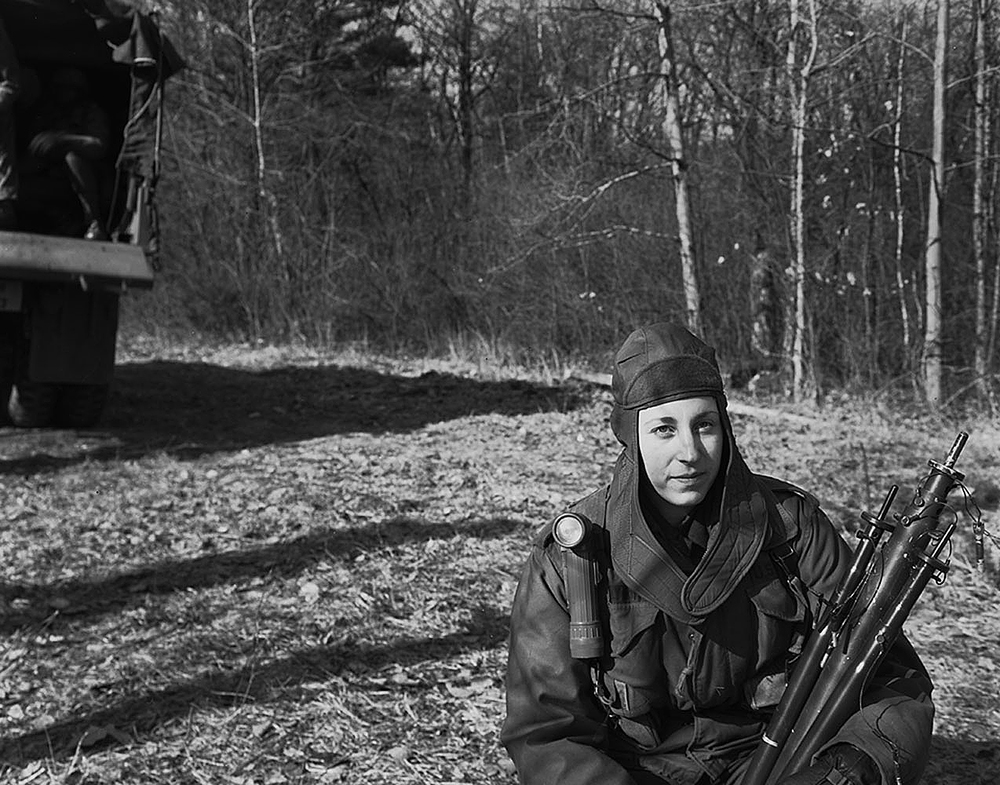

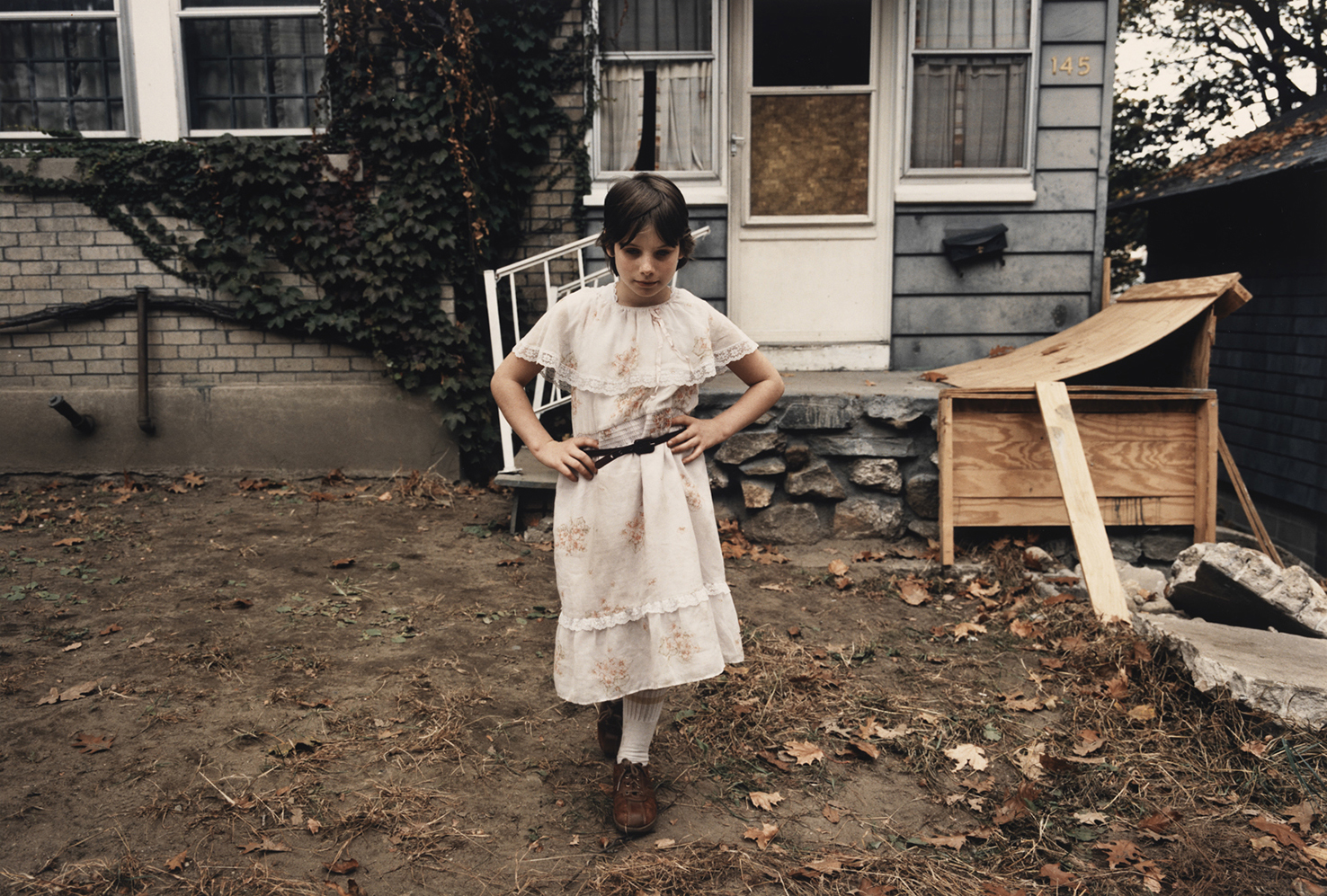

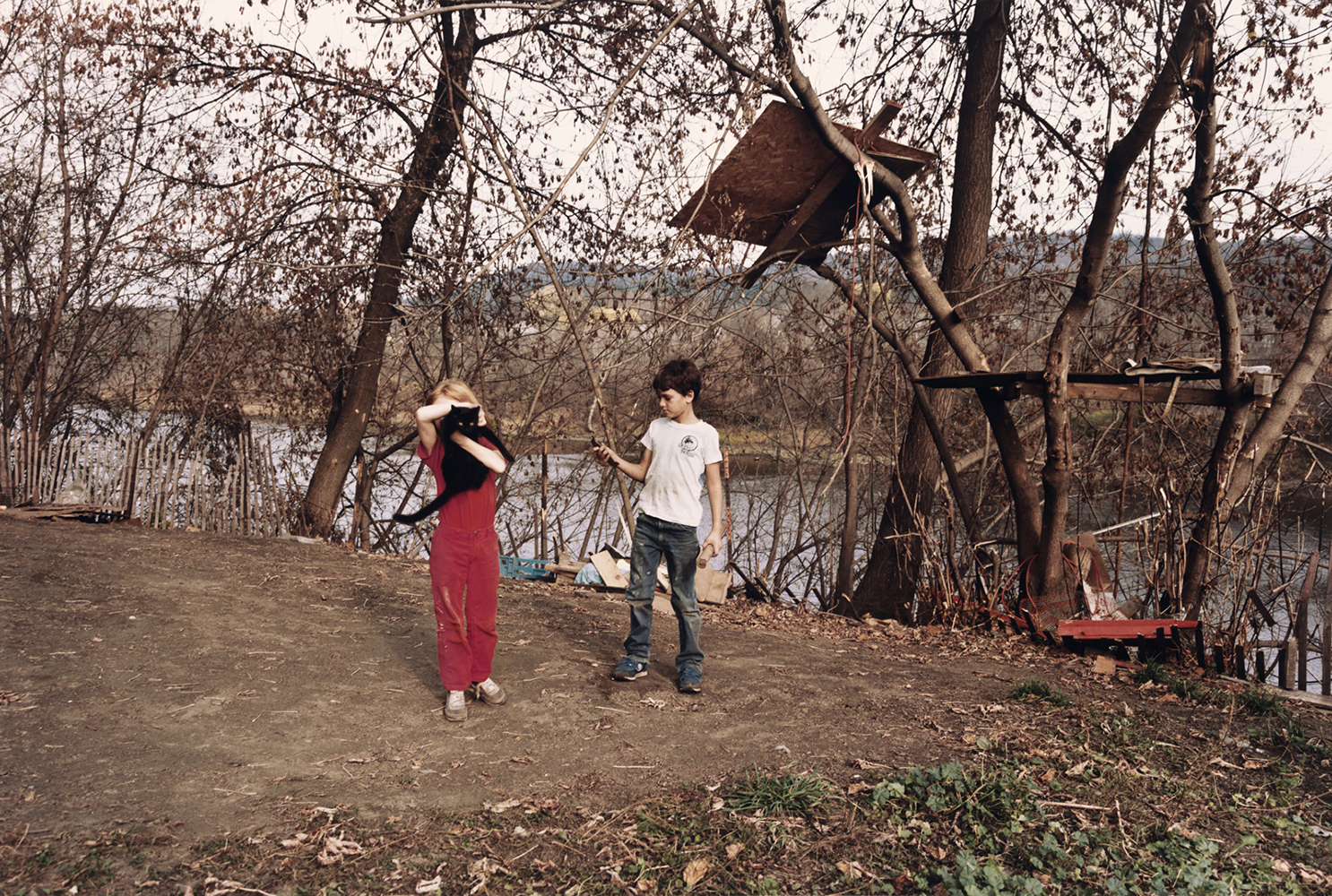
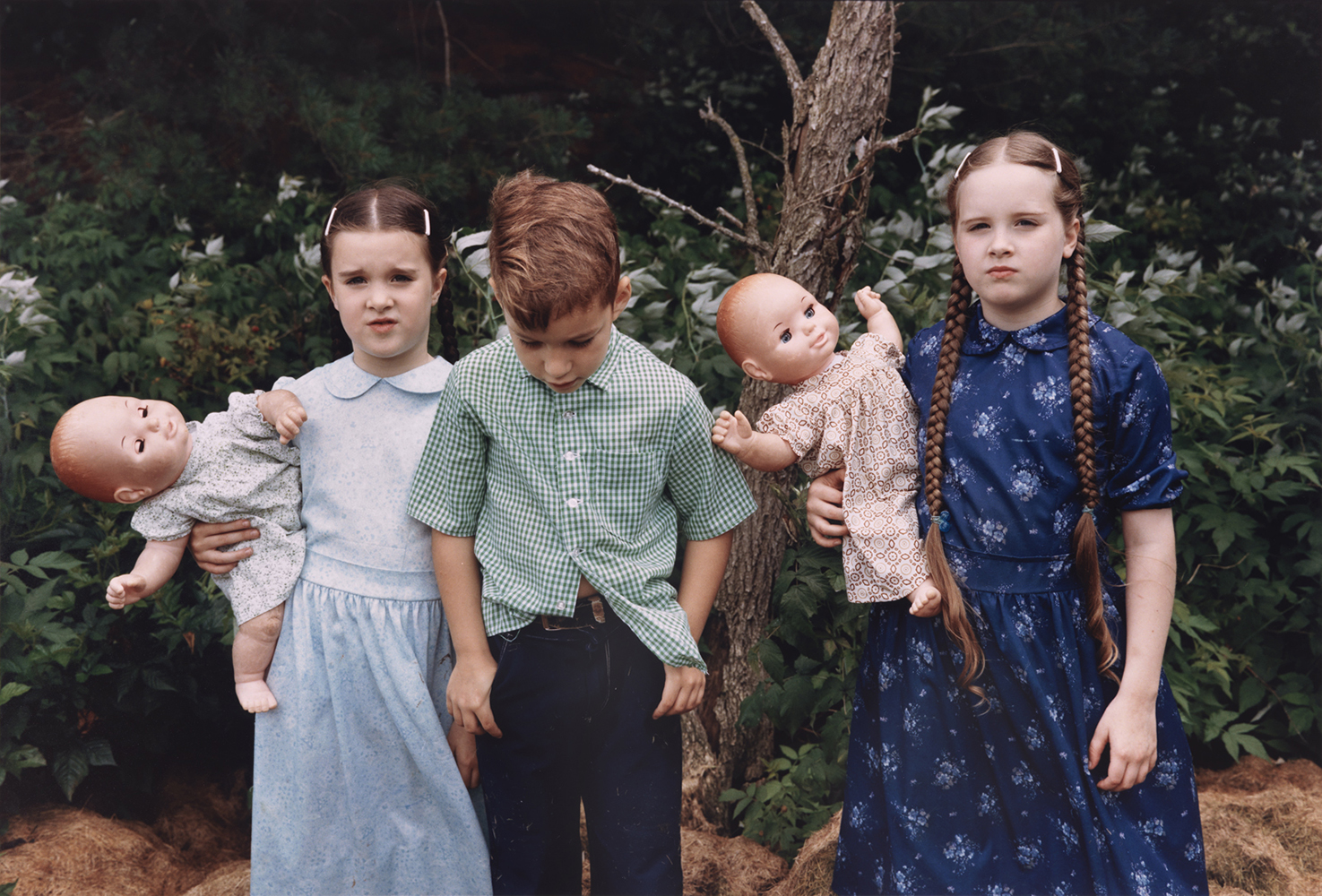
More Must-Reads from TIME
- Cybersecurity Experts Are Sounding the Alarm on DOGE
- Meet the 2025 Women of the Year
- The Harsh Truth About Disability Inclusion
- Why Do More Young Adults Have Cancer?
- Colman Domingo Leads With Radical Love
- How to Get Better at Doing Things Alone
- Michelle Zauner Stares Down the Darkness
Contact us at letters@time.com